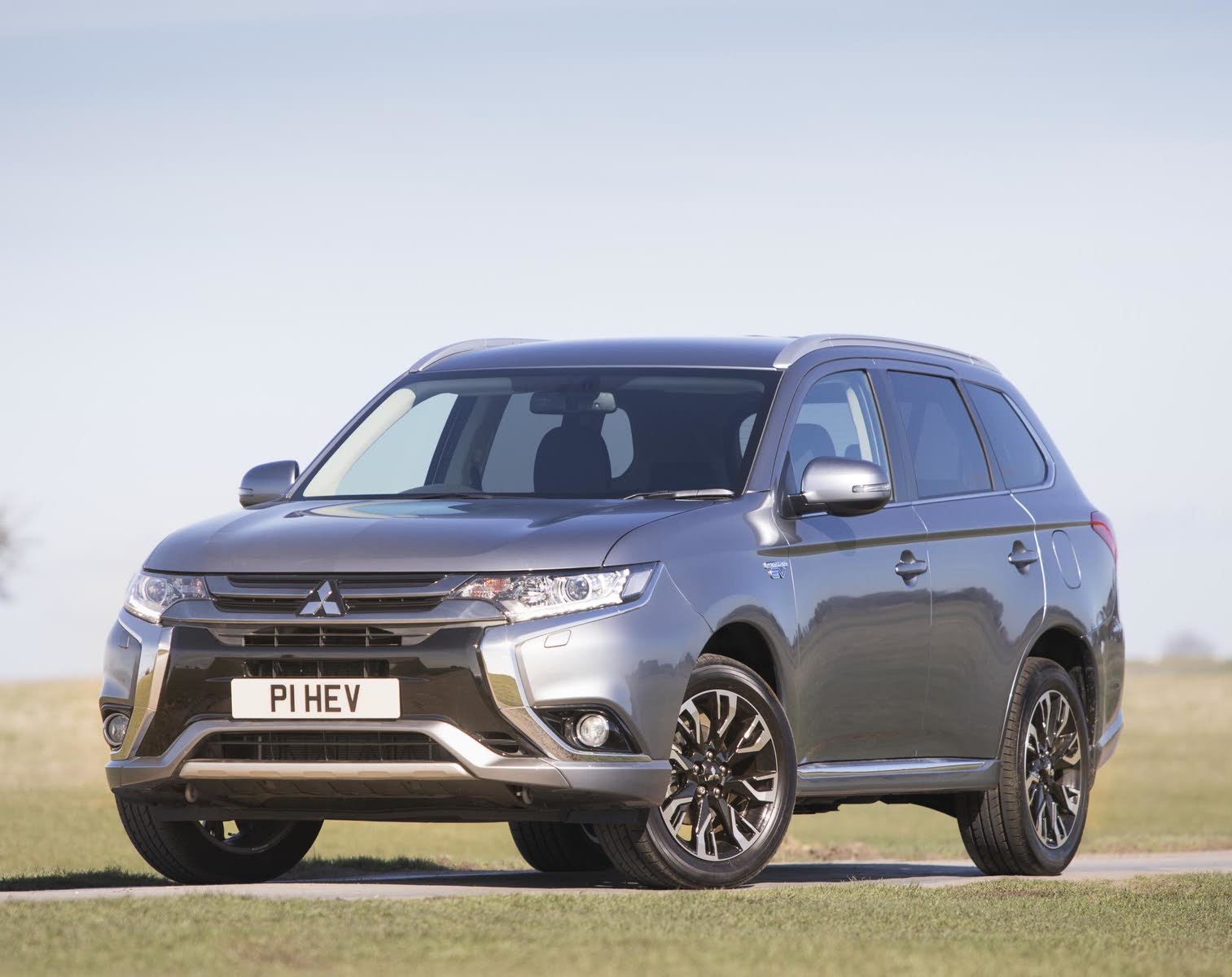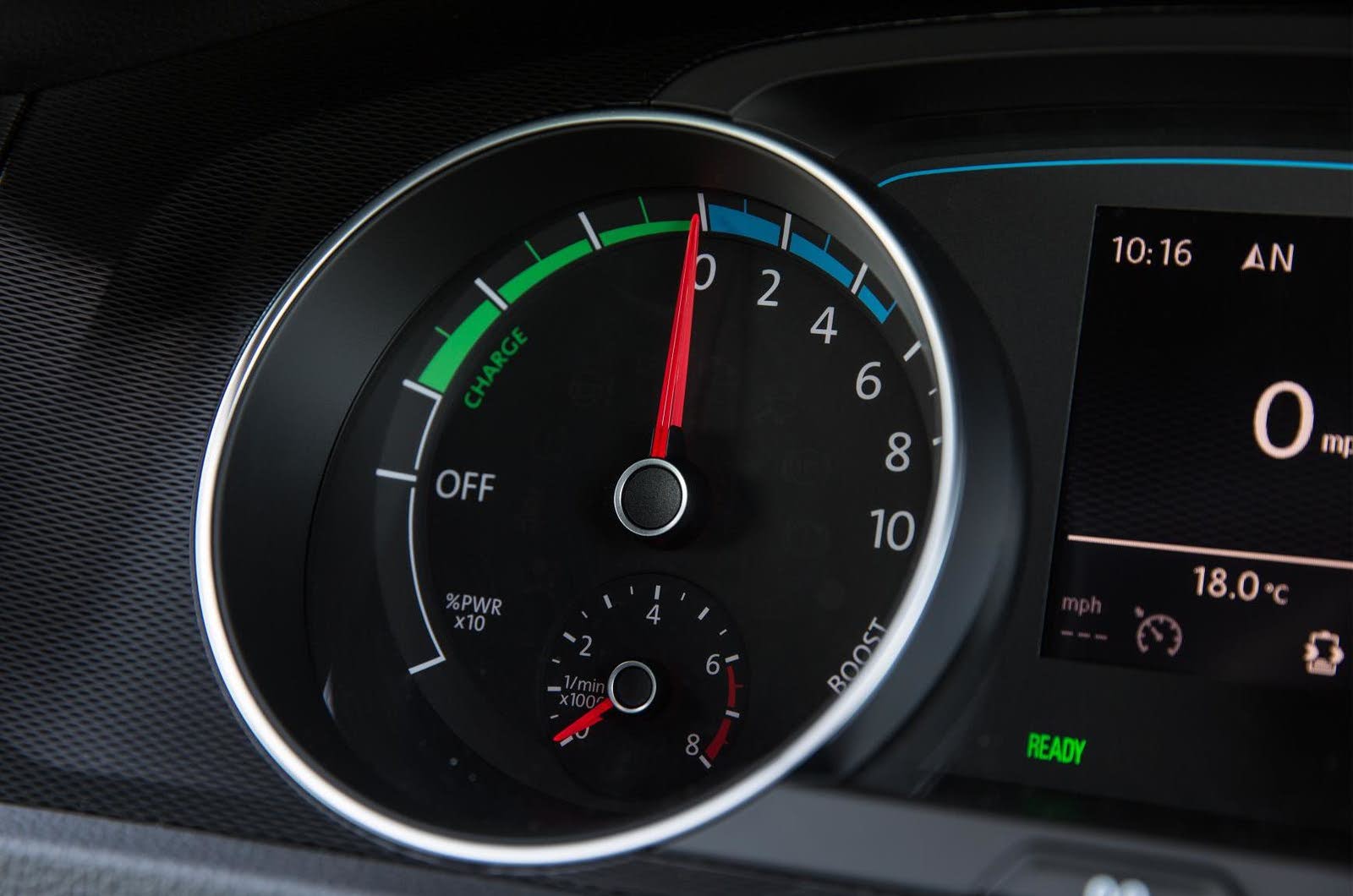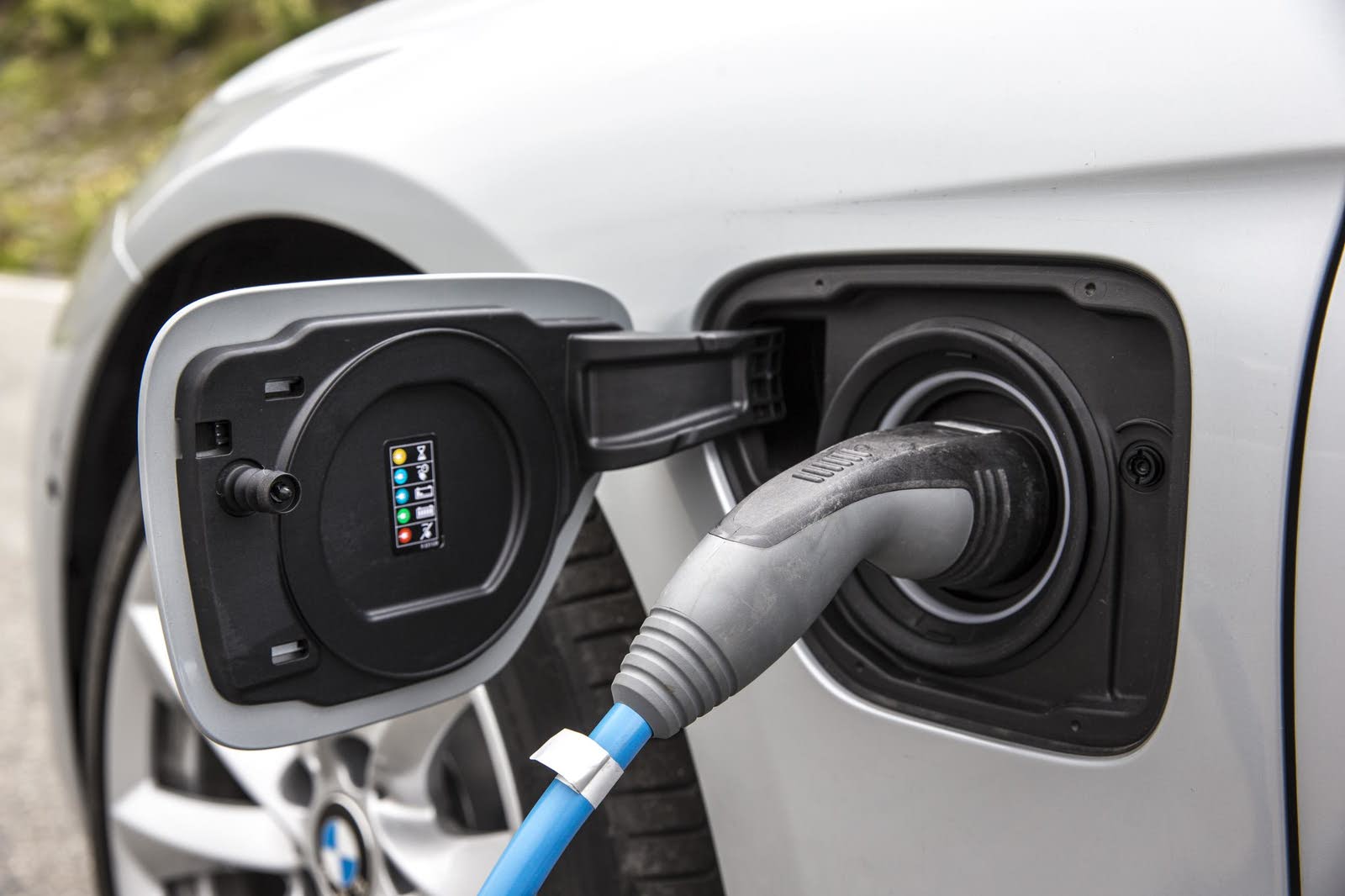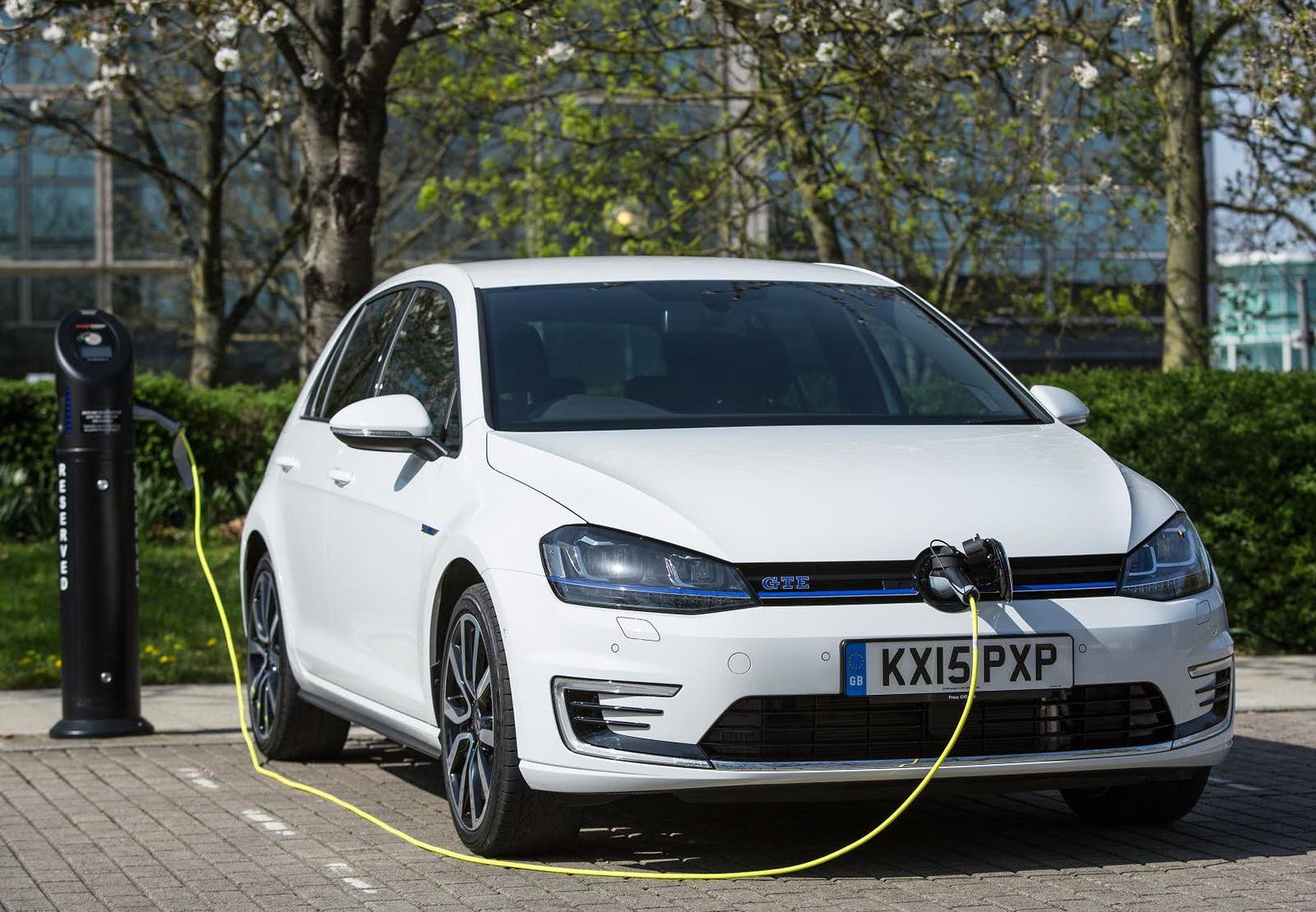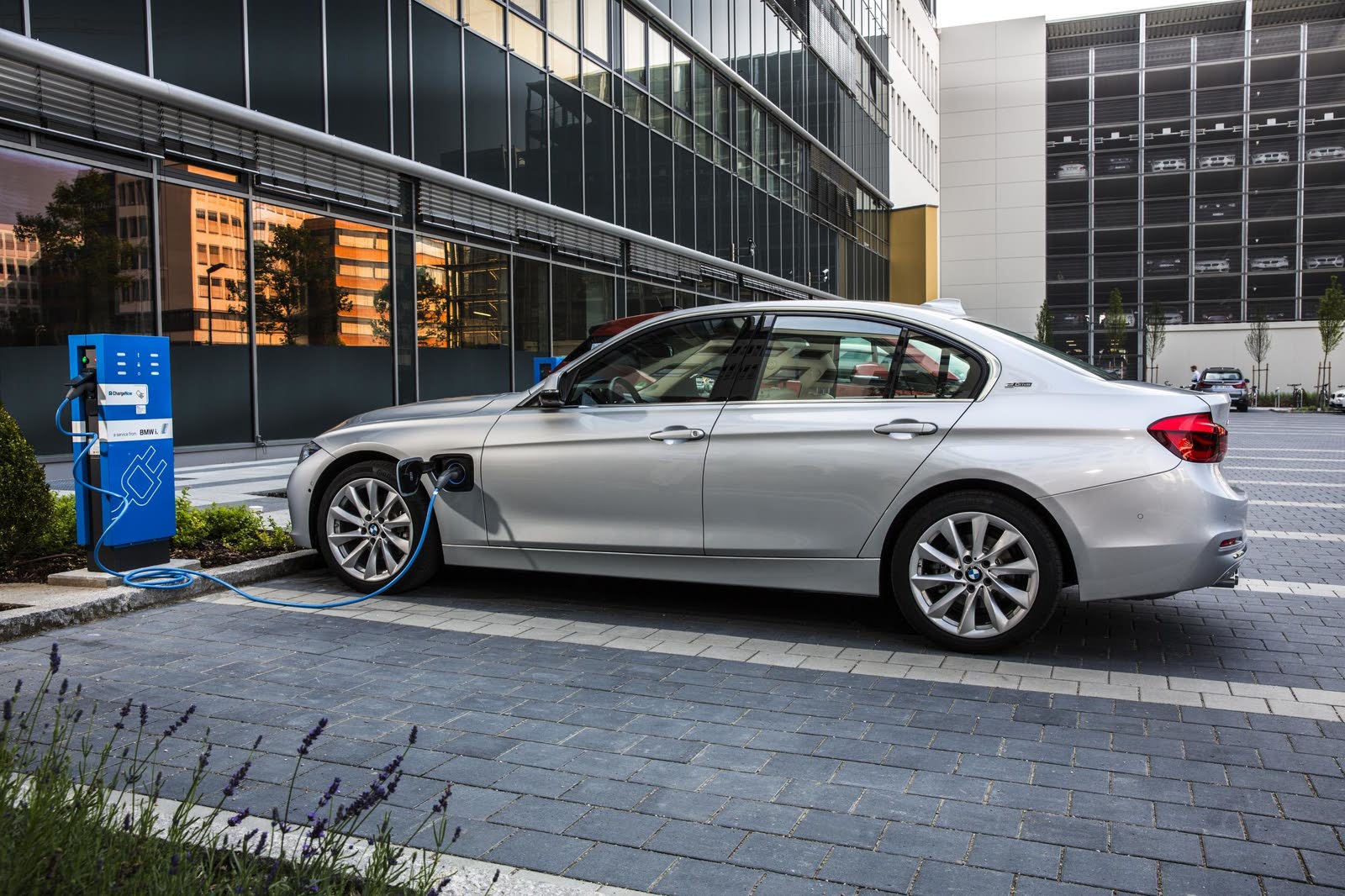Plug-in hybrid vehicles (PHEVs) have become increasingly common as manufacturers strive to meet corporate CO2 emissions targets, so much so that there is now a wide choice of them available on the used market – in a broad variety of bodystyles and price points.
Some of the most popular include the BMW 3 Series and Mercedes C-class executive saloons, the plug-in versions of the Ford Kuga and Toyota RAV4 SUVs, plus sporty choices such as the Skoda Octavia vRS iV or the Volkswagen Golf GTE.
When bought as a new car, PHEVs have traditionally been mainly the preserve of company car drivers, but plug-in hybrid models are starting to look like increasingly good value to a wider audience of used car buyers who are interested in experiencing the world of electrified motoring without shelling out for a brand new vehicle. But should you take the plunge and purchase a used plug-in hybrid?
Should I Buy a Used Plug-in Hybrid?
- What is a PHEV Car?
- Perks of Buying a Used Plug-in Hybrid
- What are the Drawbacks of Plug-in Hybrids?
- Can I Save Money with a Plug-in Hybrid?
- Maintenance and Running Costs of a Plug-in Hybrid
- What's Happened in the Market for Plug-in Hybrids?
- Is There a Grant for Buying a Used Plug-in Hybrid?
What is a PHEV Car?
A plug-in hybrid electric vehicle is one where a conventional combustion engine is combined with an electric motor and a large battery pack, which is chargeable from an external source. It means you can do short journeys using battery power only and enjoy the more carbon-friendly zero-emission travel that implies. And if you need to travel further than the car's electric range, you still have a petrol engine or a diesel engine. The electric-only range of earlier plug-in hybrids is around 10-25 miles, but more modern models – and larger cars with more room for larger battery packs such as the latest Range Rover can achieve 50 miles or more without needing to be plugged into a charging point.
So far so simple, though a hybrid like this is more than likely going to be more complicated, heavy and expensive than a conventional car, as the powertrain effectively has two motors and big battery. It should be noted, too, that there are various ingenious ways of combining those two power sources: from the epicyclic gear train-based Toyota hybrid systems; the off-the-shelf ZF automatic transmission-based systems where the motor/generator replaces the torque converter; or the clever GKN-geared system as used in the Mitsubishi Outlander PHEV SUV, which combines drive sources. Each has its own advantages and disadvantages, and different plug-in hybrids can each feel very different to drive, so it is worth testing a selection of models to see which you prefer.
Perks of Buying a Used Plug-in Hybrid
The main benefit of buying a PHEV over a conventional used car is that you can drive it on electric power alone, with the low running costs and improved local air quality benefits that brings. How far you can drive in electric mode will depend on the car in question, and in cold weather could be as little as 10 to 15 miles before the internal combustion engine kicks in, as batteries operate less efficiently at lower temperatures. At the other end of the spectrum, the best used plug-in hybrids driven in favourable conditions might manage 50 miles or more on battery power alone.
Of course, another benefit is that when the battery power does run low and electric driving isn't possible, there is an internal combustion engine ready and waiting to help you complete your journey. This also means that the total range of a PHEV will far exceed that of a pure electric car, and when that range runs out, refilling the fuel tank is much quicker than charging a battery, too.
In addition, many plug-in hybrids can recharge their battery on the move, allowing you to choose as a driver when you run in EV mode (for example, you might want to charge the battery up on the motorway, then switch to pure electric mode if your journey is ending in an urban area).
Plug-in hybrids registered before April 2017 are also almost certain to be VED exempt meaning there’s no road tax to pay.
There is a wide range of plug-in hybrid vehicles available, which means whether you're looking for a large family car or something smaller, there should be plenty of choice. Plug-in hybrid SUVs are particularly popular, with options from volume manufacturers like the MINI Countryman and Kia Niro, through to premium offerings from Audi, Volvo, Mercedes-Benz and Porsche. Hatchback models are also plentiful, such as the Hyundai Ioniq and the Toyota Prius.
It's important to note that a plug-in hybrid is not the same as a regular or self-charging hybrid. The latter doesn't give you the option of plugging in to recharge the battery. Several cars are available as both, and often as a pure battery electric vehicle too, so make sure you're choosing the plug-in hybrid version from the line-up. Examples include the Toyota Prius Plug-in, the Hyundai Ioniq Plug-in and the Kia Niro.
Drawbacks of Buying a Used Plug-in Hybrid
When considering a PHEV, do be aware that the headline fuel consumption figures (including the electric-only range) quoted by manufacturers, whether in the previous NEDC test cycle or the current WLTP cycle, do not reflect what you’ll achieve in the real world. This is largely because such tests are based on two unrealistic conditions where the battery is fully charged and completely discharged – even the most assiduous owner is unlikely to manage this for much of the time.
To make the most of that electric power, most of your journeys should be relatively short, and you need to ensure you have regular access to a charger – ideally at home or at work if it’s for a regular commute. If your commute is a long one, or you take on long journeys on a regular basis, you should think carefully about whether a PHEV is right for you.
And although many plug-in hybrid cars are relatively powerful, when sticking to electric-only mode, there is less power available and your top speed will be limited. This can give some PHEVs quite a strange driving experience.
One final issue is that you might end up spending more time than you’d think at public charging stations compared with full EVs. This is because, even though some EVs can charge their batteries to 80 percent capacity in around half an hour at a rapid charger, most plug-in hybrids can only charge up at a fraction of that pace, though this is changing with some of the latest higher-end PHEVs.
Plug-in Hybrid Pricing
Look at prices of PHEVs versus their internal combustion-engined equivalents, and you’ll see that they tend to be higher. That’s hardly surprising. For a start, with a PHEV you’re getting a whole extra drivetrain, plus they were and are often offered with high levels of standard equipment which also helps with residual values. Throw in the attraction of the possible fuel economy benefits and an increasing awareness of the advantages of electric propulsion in general, and it’s not surprising that the market is showing more and more signs that used car buyers are paying more attention to plug-in vehicles.
Don’t think that slowing sales of new PHEVs mean they will disappear completely either, if only because car-makers are going to have to force through new models in order to meet forthcoming EU corporate CO2 targets irrespective of Government incentives.
Running Costs for Plug-in Hybrids
Due to the way they operate, PHEVs can actually reduce the strain on certain components such as the brakes, which can help to improve durability (and thus running costs) and reliability. Of course, as with any car problems can still occur, and as such buyers might find that having a suitable warranty in place provides additional peace of mind.
A far as the batteries themselves are concerned, evidence to date suggests that they are proving to be durable, and it’s rare, particularly with newer PHEVs, to hear cases of owners needing to replace dead cells, let alone whole battery units. Buyers should also be reassured that most manufacturers offer a longer warranty on the battery than they might on other components – an eight-year, 100,000-mile battery warranty is the norm, but this does differ from manufacturer to manufacturer so it’s important to check.
Buying a car that’s outside of its battery warranty does of course carry risks, and it can be worth searching marque and model specific forums, as well as asking the advice of existing owners.
What's Happened in the Market for Plug-in Hybrids?
In order to understand the market for used PHEVs, it is important know what has happened with sales of new ones – after all, this is ultimately what determines supply. On that front, to begin with PHEV sales were spurred by generous Government grants, benefit-in-kind company car tax treatment and write-down allowances, which meant that models such as the Mitsubishi Outlander PHEV SUV, Volkswagen Golf GTE hatchback and BMW 330e saloon barely touched the showroom floor on their way to customers. For company car drivers in particular, PHEVs were almost irresistible.
Then in November 2018 the Government slashed the benefits for buying a new PHEV, including the removal of any kind of grant for the cars currently available to buy, which in turn caused sales to drop sharply. That being said, there is still a relatively beneficial company car tax policy in place for PHEVs, and in 2022, more than 100,000 were sold in the UK.
Still, you can expect to see this shift reflected in the more restricted supply of used PHEVs as time goes on, which should help to firm up residual prices based on typical supply and demand dynamics.
Is There a Grant for Buying a Used Plug-in Hybrid?
As outlined above, the relationship between plug-in hybrids and Government grants has been complicated to say the least. However, as a used buy all you need to know is that there are no grants available for purchasing a plug-in hybrid.

